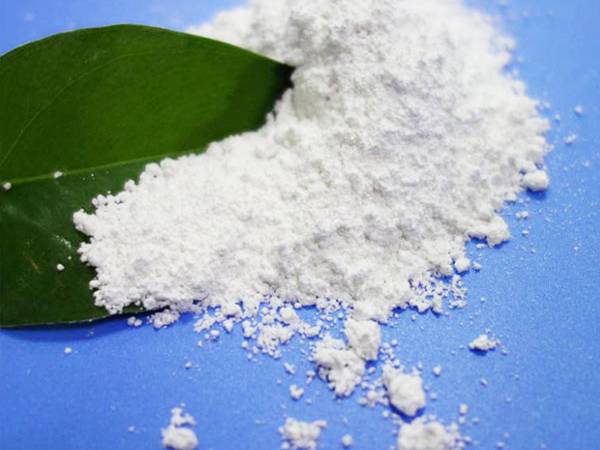



chemicals used in drinking water treatment
Understanding Chemicals Used in Drinking Water Treatment
Drinking water treatment is a crucial process that ensures the safety and quality of the water consumed by the public. Various chemicals are employed to remove impurities, harmful microorganisms, and undesirable taste or odor from water sources, making it safe for human consumption. Understanding these chemicals and their roles can provide insight into how water treatment works.
One of the primary chemicals used in water treatment is chlorine. Chlorine is a powerful disinfectant that effectively kills bacteria, viruses, and other pathogens that may be present in the water supply. It is added to water in various forms, such as chlorine gas or sodium hypochlorite. While chlorine is vital for disinfection, it can also react with organic matter in water to form disinfection byproducts (DBPs), which may have health implications. Therefore, careful monitoring and management of chlorine levels are essential to balance safety and potential risks.
Another important chemical in water treatment is coagulant, commonly referred to as aluminum sulfate (alum). This chemical is used to aggregate small particles and impurities in water into larger clumps, making it easier to remove them during filtration. The coagulation process not only helps clarify the water but also reduces the presence of contaminants, including sediments and organic materials.
chemicals used in drinking water treatment

Fluoride is another chemical often added to drinking water, primarily for dental health benefits. Studies have shown that fluoride can significantly reduce the incidence of cavities and improve overall oral health. However, its use is sometimes controversial, with concerns over potential toxicity if consumed in excess.
pH adjustment chemicals, such as sodium hydroxide or sulfuric acid, are also used to regulate the acidity or alkalinity of water. Maintaining a balanced pH is crucial for optimizing disinfection processes and preventing corrosion of distribution systems. If the pH is too low or too high, it can lead to the leaching of metals from pipes or inadequate disinfection.
Lastly, activated carbon, while not a chemical in the traditional sense, is widely used in water treatment systems to remove taste, odor, and organic compounds through adsorption. It serves as an effective barrier against many pollutants and is an integral part of advanced water treatment techniques.
In conclusion, the chemicals used in drinking water treatment play vital roles in ensuring the water supply is safe, clean, and pleasant to consume. Understanding these chemicals, their functions, and their potential impacts is essential for appreciating the complexities involved in maintaining water quality in public health. Careful management and monitoring of these treatment processes are critical to safeguarding public health and ensuring access to safe drinking water.
-
Why Strontium Carbonate Still MattersNewsJun.06,2025
-
Why BaSO4 MattersNewsJun.06,2025
-
Why Barium Carbonate Still MattersNewsJun.06,2025
-
Strontium Hydroxide: A Versatile Compound for Modern ApplicationsNewsJun.06,2025
-
Strontium Chloride in Daily IndustryNewsJun.06,2025
-
Pure Potassium Nitrate for SaleNewsJun.06,2025
-
What Is Sodium Bisulfate Used For?NewsMay.15,2025










